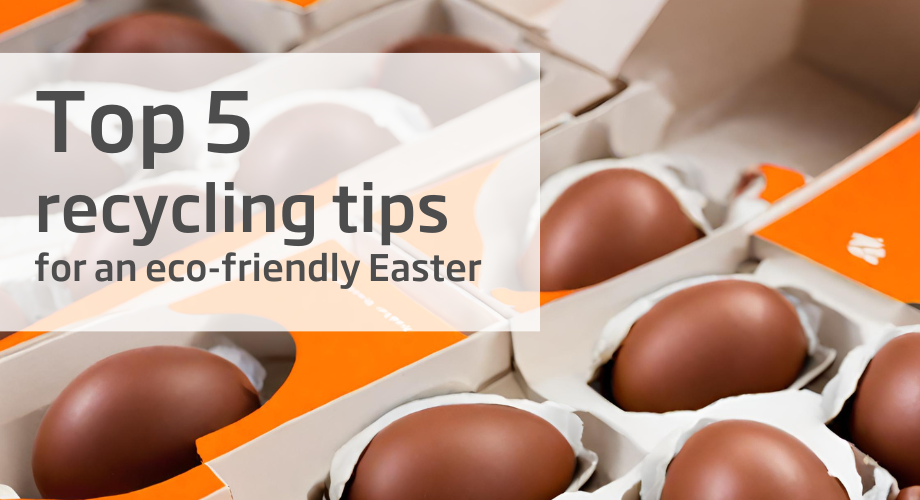March 18, 2024
(press release)
–
Our latest research released today on Global Recycling Day has found that despite two-thirds (69%) of Brits believing Easter eggs use too much packaging, they are planning to buy over 156 million this year. Still, a fifth (20%) say they want them to come in fully recyclable packaging, as nearly four in five (79%) say they recycle at least one part of the box.But inconsistent recycling guidelines across the country are leading to confusion. Aluminium foil is not collected by 1 in 5 councils1, plastic recycling varies across the country, as cardboard remains the only consistently collected packaging material. Those who struggle to recycle blame: This confusion is indicative of a broader trend as previous DS Smith's research has shown that given the UK’s declining recycling rates, by 2030, two in five paper and board packs will end up in landfill or incineration. "Brits should feel free to enjoy a guilt-free Easter egg and be able to feel confident that the packaging they dispose of really does get recycled back into new products.. Confectionery companies have come a long way to remove unnecessary packaging and make the remaining wrapping recyclable. Now we just have to make sure that everyone has best chance to recycle as much as possible.” In the run-up to Easter and coinciding with Global Recycling Day today (18 March), Samantha has also shared easy-to-follow top tips for recycling some popular Easter products: Easter egg foil: Despite being a vital part of the packaging waste generated from the back of Easter eggs, foil is the least-recycled Easter egg component. Samantha’s top tip: “It’s not always clear if, how and where we can recycle of the foil of our Easter Eggs. Most councils accept foil for recycling but it’s important to check with your local council guidance. If it does, scrunch all the foil together into a ball to avoid small bits being lost in the recycling process.” Plastic packaging: There’s been a lot of effort by confectionary companies over the years to reduce the amount of plastic in Easter egg packaging, but there are still some windows made from plastic and some wrappers. Samantha’s top tip: “Common plastic used in Easter egg packaging is often the same as that used for drink bottles. This means most councils can recycle it, so be sure to check your local guidelines.” Cardboard boxes: With Brits spending over £415 million on Easter eggs2 each year in the UK, there are a significant number of cardboard boxes that need to be recycled. Samantha’s top tip: “As most confectionary companies are now producing 100% recyclable Easter egg packaging, it has gotten easier over the years to recycle them. Save space by collapsing the box and prevent bins from overflowing.” Sort properly: It’s important to remember that there are a few parts of an Easter egg that need to be appropriately recycled. Samantha’s top tip: “Don’t forget to separate the plastic windows from the cardboard box and remove any chocolate residue and make sure they are put in the correct bins” Easter cards: An astounding 10 to 20 million greeting cards are sent and received around Easter. These cards add to the mountain of waste and recycling. Samantha’s top tip: “The best thing to do with Easter cards is to avoid buying cards with glitter, plastic or electrical components at all, as these are very tricky to recycle. If you already have some, don’t worry – try separating the card from the decorative backing and recycle the part with no glitter. And if you’re wondering what to do with the decorative part of your card, why not put it in your arts and crafts box and create gift labels for next year to use for future crafts projects? ” 2 Finder: Easter in the UK: Spending statistics https://www.finder.com/uk/easter-spending-statistics
The hardest thing to digest this Easter shouldn’t be the recycling rules

* All content is copyrighted by Industry Intelligence, or the original respective author or source. You may not recirculate, redistrubte or publish the analysis and presentation included in the service without Industry Intelligence's prior written consent. Please review our terms of use.




